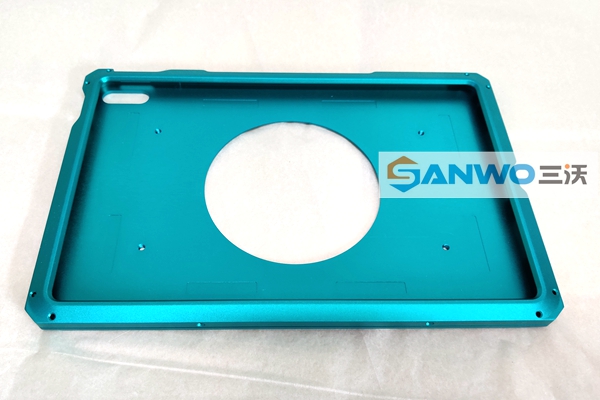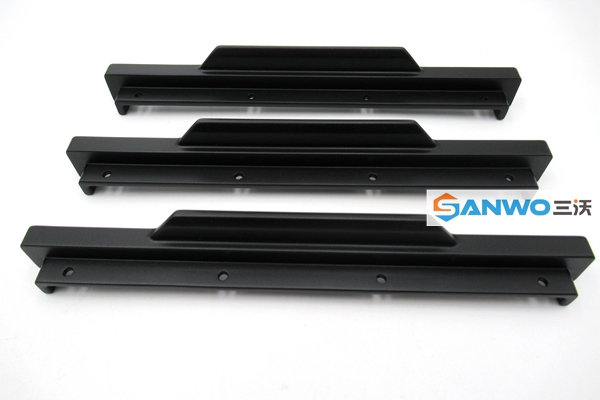Aluminum Prototype Anodized
Anodized aluminum is an extremely popular prototype, exceptionally simple to be machined, wonderful appearance, consumption obstruction, is the favored answer for some designers. For the most part, 6061/6063 and 5052 were the normal and favored series of aluminum materials to get the quality anodizing finishing.

What is Anodizing?
Anodizing is an electrochemical process that converts the metal surface into a decorative, durable, corrosion-resistant, anodic oxide finish
The anodic oxide structure starts from the aluminum substrate and is made altogether out of aluminum oxide. It is very unique in relation to surface completion like work of art or plating, the anodic oxide is hard to strip off or chip. As to the permeable design and exceptionally requested, the anodic oxide can be shaded during the interaction.
How to Anodize an Aluminum Prototype Part?
Anodizing is refined by submerging the aluminum into a corrosive electrolyte shower and passing an electric flow through the medium. A cathode is mounted to within the anodizing tank; the aluminum goes about as an anode, so oxygen particles are let out of the electrolyte to join with the aluminum iotas at the outer layer of the part being anodized. Anodizing is, subsequently, a question of profoundly controlled oxidation—the upgrade of a normally happening peculiarity.

What is hard anodizing?
which further makes the aluminum surface as hard as steel. This made conceivable by the more prominent thickness and weight of the subsequent layer. All things considered, it must be done on an un-anodized aluminum surface. Hard anodizing makes a metal more impervious to erosion and due to the upgraded protection, it can not direct any power or hotness, therefore, hard-covered aluminum parts are expected for use, and liked for parts that bear outrageous temperatures and profoundly destructive applications.
How can color be added to aluminum parts anodizing?
Anodized aluminum parts can be colored to produce a cleaner and finer finish. There are 4 ways by which this can be done, these include: – Using a dye. The freshly anodized aluminum can be immersed in a colored liquid solution with a concentrated dye, the oxide coating will absorb the dye permanently. The intensity of the color depends on the concentration of the dye, the temperature of the solution, and the time of immersion.
– Electrolytic coloring.
This involves immersing the anodized aluminum parts into a bath containing some inorganic metals. A current is then supplied to the solution and the metal salts are deposited at the base of the pores. The resulting color will depend on the metal used.

– Integral coloring.
Integral coloring involves simultaneous anodizing and coloring in a single step process. Various metals like bronze, tin, and cobalt can be used together with a dye to bring out the final effects. This also results in a more abrasive resistant finish.

– Inference coloring.
Inference coloring involves the modification of the pore structures using metal deposition which produces light colors ranging from blue, green, yellow, and red. These are as a result of optical interference.





